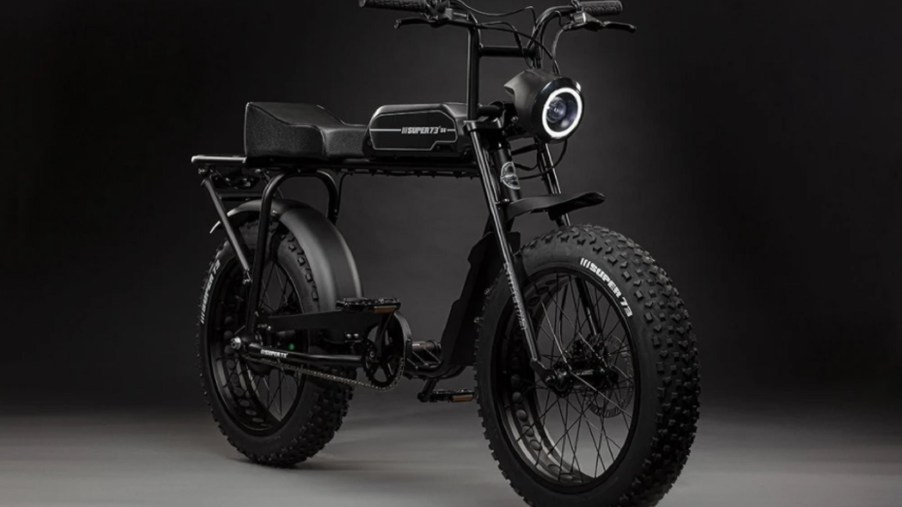
Super73 S1 E-Bike vs. a 50cc Scooter: Which Is the Zippier City Commuter?
Urban commuting isn’t the sole domain of motorcycles. Scooters and mopeds have traditionally been the compact 2-wheeled alternatives—but not anymore. Now city riders can get an e-bike instead; some don’t even require you to pedal. One brand that’s particularly captured social media attention is California-based Super73, with retro-styled models like the S1. However, for about the same price as the S1, you can get a decent 50cc scooter. So, which is the better choice for running around town? Revzilla decided to find out.
What does the Super73 S1 e-bike offer?
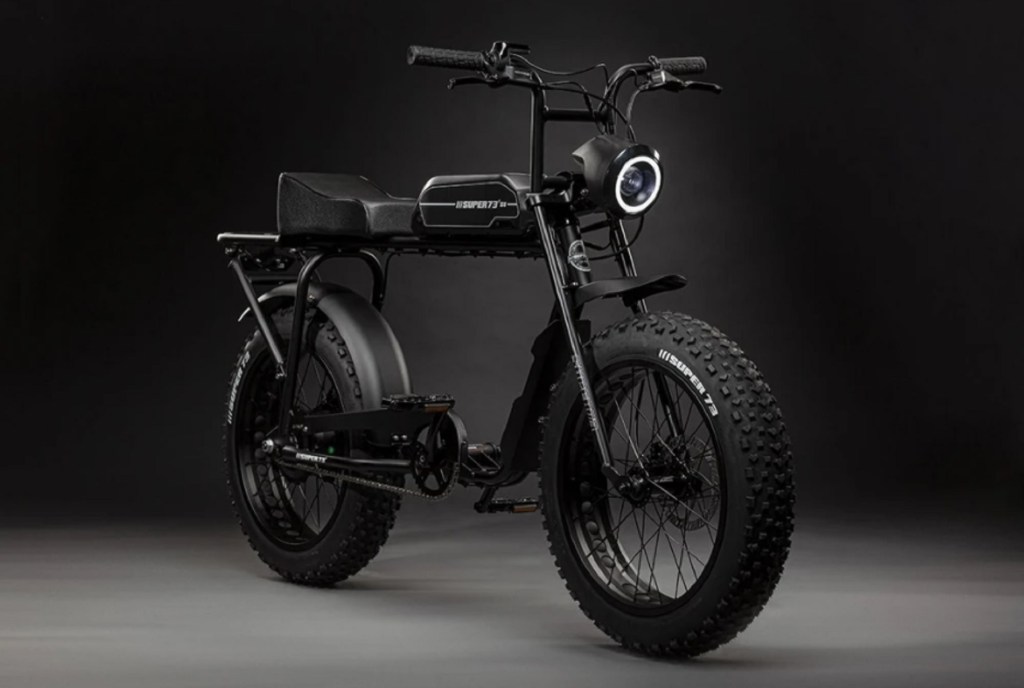
The Super73 S1 is the e-bike company’s mid-range model, Business Insider reports, in-between the cheaper Z Series and sport-focused R Series. It’s classified as a Level 2 e-bike, with a top pedal-assisted speed of 20 mph. However, it has a dedicated throttle, too.
The Super73 S1 starts at $1800. For that, you get a single-speed drivetrain, LED lighting, a digital display, a 500W nominal/1000W peak electric motor, and a 768-Wh battery pack. The S1 has 3 pedal-assist modes: Eco, Mid, and High. In Eco Mode, Super73 claims the S1 can travel over 50 miles on a charge. With the throttle, that drops to roughly 30 miles. Luckily, the battery is removable, and with the optional 5A charger, it recharges from empty in 3-4 hours. With the standard charger, that increases to 5-6 hours.
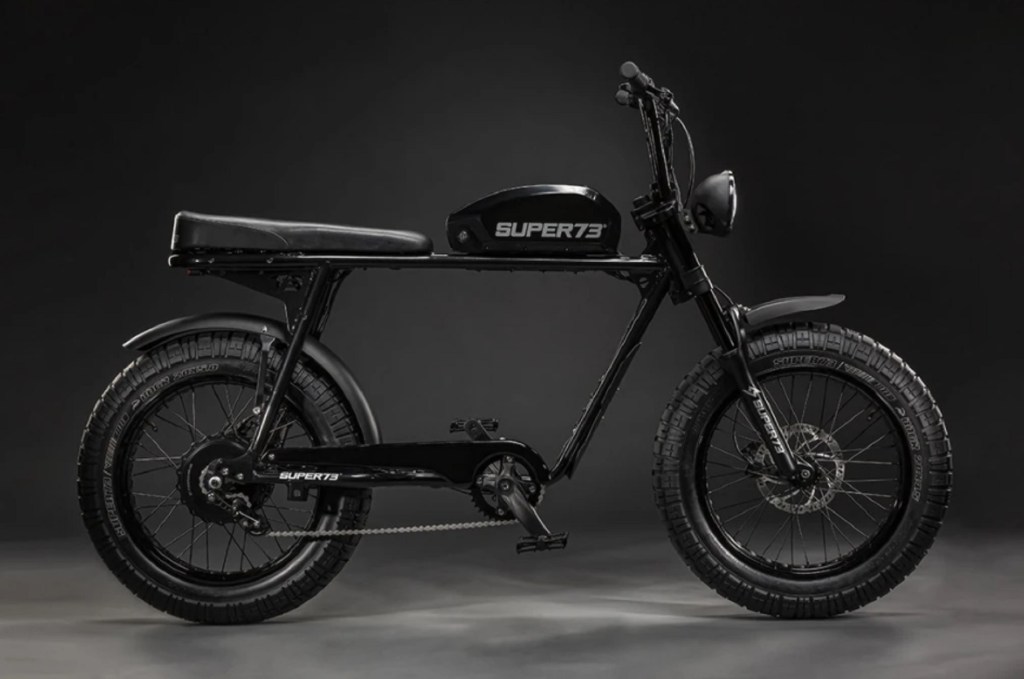
Although the Super73 S1 has a standard aluminum cargo rack, thanks to its electric powertrain, large tires and wheels, and steel frame, it’s not exactly light. With the 9-lb battery, it weighs 70 pounds. However, those large tires can handle gravel trails, Revzilla reports. But if you want to go further off-road, there’s the aluminum-framed $2445 S2, which has full suspension.
What kind of 50cc scooter is it competing against?
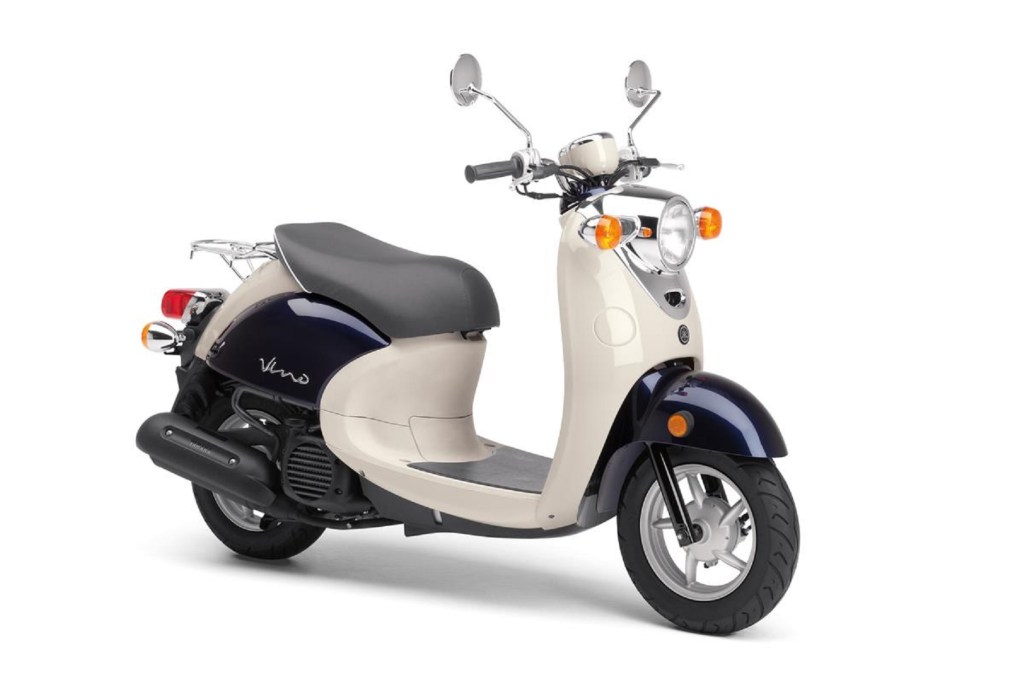
The S1’s competition in Revzilla’s comparison is a Yamaha Vino 50, which was discontinued after 2017. However, in terms of overall performance, it’s similar to 50cc scooters currently on the market, such as the Vespa Sprint 50.
The Vino 50 has a 49cc fuel-injected single-cylinder engine linked to a CVT. At 179 pounds, it’s significantly heavier than the Super73 S1. However, with its 1.27-gallon fuel tank and a claimed 127-mpg fuel rating, it has a longer powered range. And its instrument cluster includes a fuel gauge.
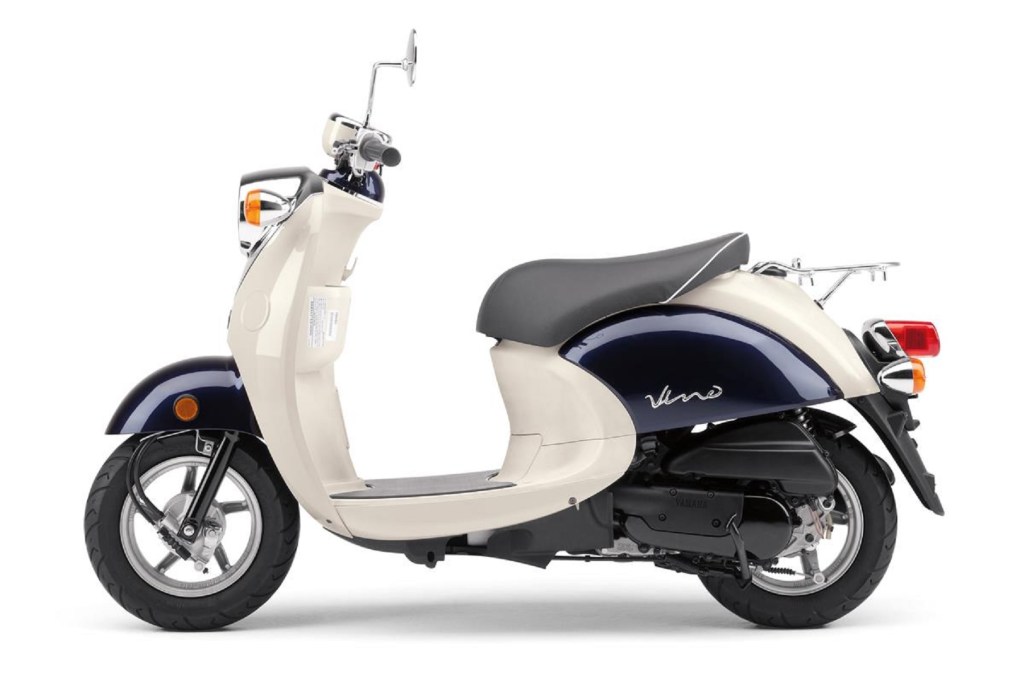
Unlike the e-bike, the Yamaha 50cc scooter has drum brakes and lacks LED lights. But it has more wind protection, as well as under-seat storage in addition to a luggage rack.
What’s it like to ride a Super73 S1 vs. a 50cc scooter around the city?
Technically, the Super73 S1’s pedal assistance is limited to 20 mph. However, with enough pedaling, Revzilla found you can reach 28 mph on flat ground. And having ridden e-bikes myself, I can confirm that weight isn’t a factor with the pedal assistance, even when going up hills.
The only downside is that the S1’s computer interprets any forward motion as a sign to start spinning the motor. So, if you’re just rolling the bike, it’s best to keep it off. And if you’re riding, keep a firm foot on the pedals.
Revzilla reports that Super73’s range estimates are somewhat accurate. In Mid Mode, the S1 saw 35-40 miles of range, while throttle-only riding dropped that down to roughly 20 miles.
That may seem like a short distance compared to the Yamaha Vino 50cc scooter’s range and ease of refueling. Plus, unlike with an e-bike, you don’t have to pedal to get the Vino going. However, in Revzilla’s city-focused riding, the S1 never fully ran out of juice. And if you want some extra security, you can buy spare batteries, though, at $795, they’re a bit pricey.
Admittedly, the 50cc scooter’s suspension is better than a hard frame for dealing with bumps. And the Vino is faster while almost as good as weaving around traffic. Plus, it has more storage space.
However, the Super73 S1 has lower running costs: you don’t need to pay for gas or insurance, and the requisite safety gear is cheaper. And if something goes wrong, the S1’s parts and labor costs are also lower. Plus, an e-bike is easier to store.
Alternative choices worth considering
Although the Yamaha Vino 50 is out of production, there are a few other inexpensive 50cc-or-thereabouts scooters around.
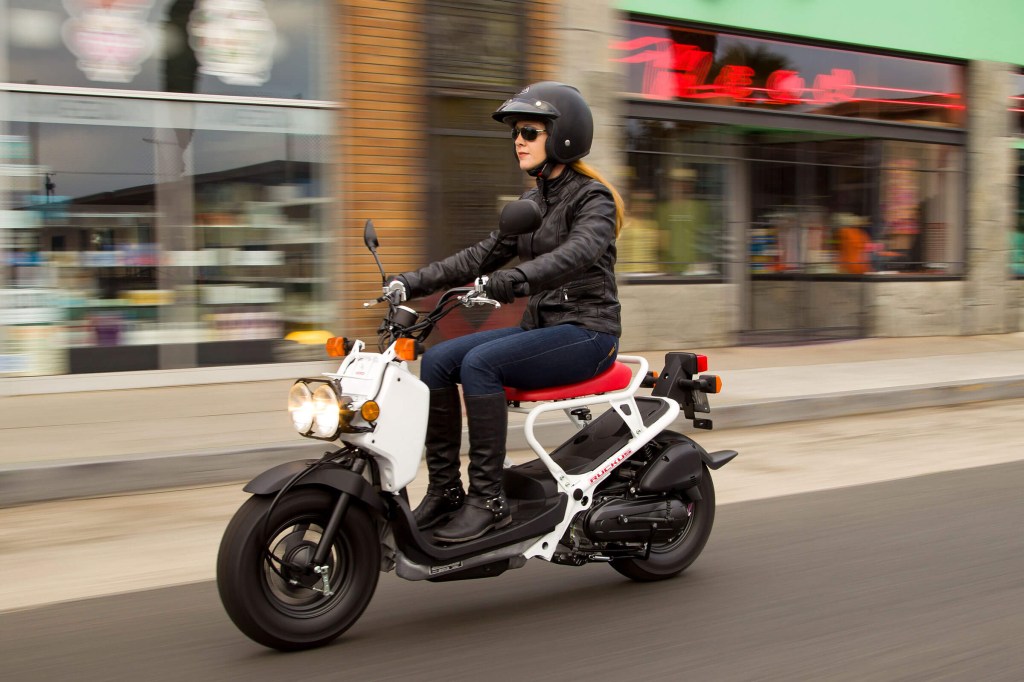
A classic pick is the Honda Ruckus, which starts at $2749. It has a 49cc carbureted single-cylinder engine with a one-speed automatic transmission, so no need to shift. It’s also a belt-driven scooter, so it requires less maintenance. Though with a 194-lb curb weight, it’s heavier than the Vino.
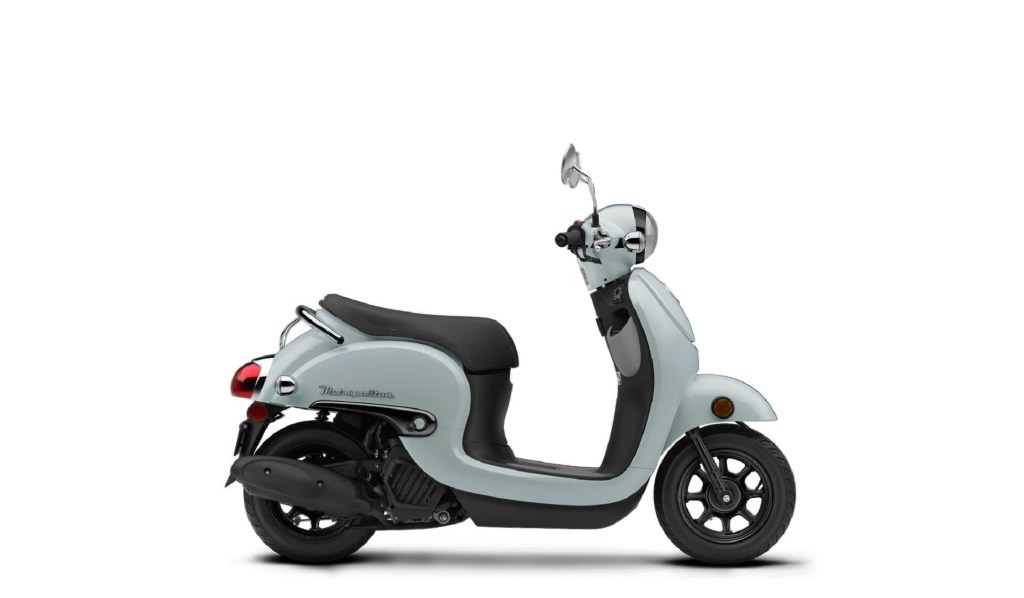
If you want Vino-esque styling, but don’t want to pony up to a Super Cub, there’s the Honda Metropolitan. At $2499 it’s noticeably cheaper than the Vespa and Piaggio scooters it apes, Cycle World reports. And while it has a 49cc single-cylinder engine like the Ruckus, this scooter has fuel injection. It’s also 15 pounds lighter than Ruckus and offers a cargo/bag hook and under-seat storage.
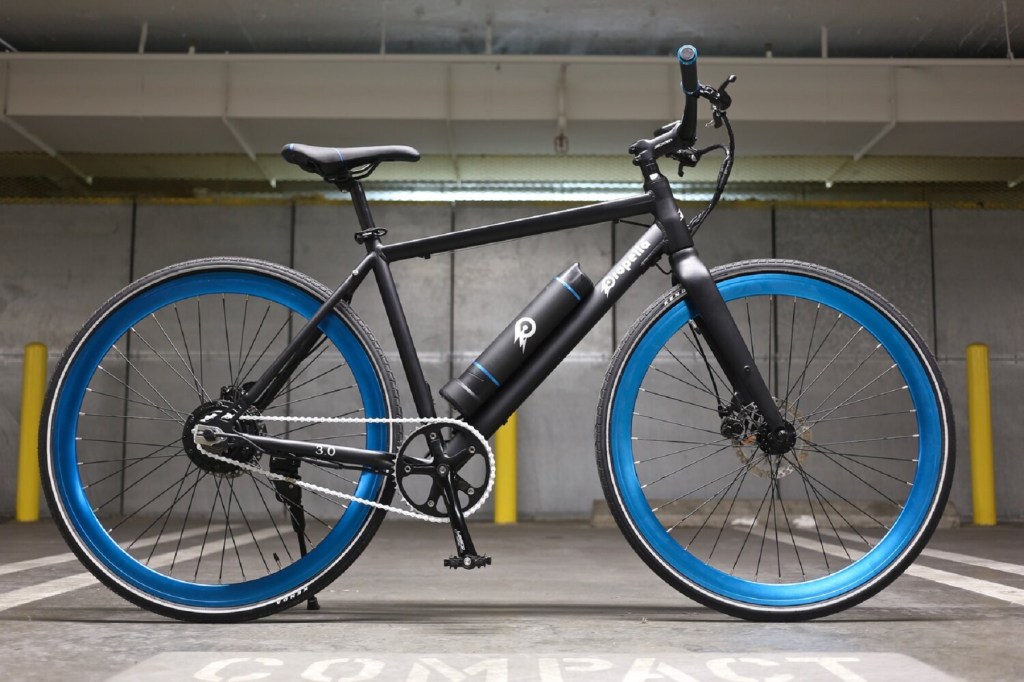
On the e-bike side, if you’re looking for a lighter Super73 S1 alternative, there’s the 35-lb Propella 7-Speed. With a $1099 starting price, it’s also cheaper. It has a smaller 252-Wh battery and its motor peaks at ‘just’ 350W. However, it’s still good for a 20-40-mile range. The previous-gen model is also a Bicycling recommendation.
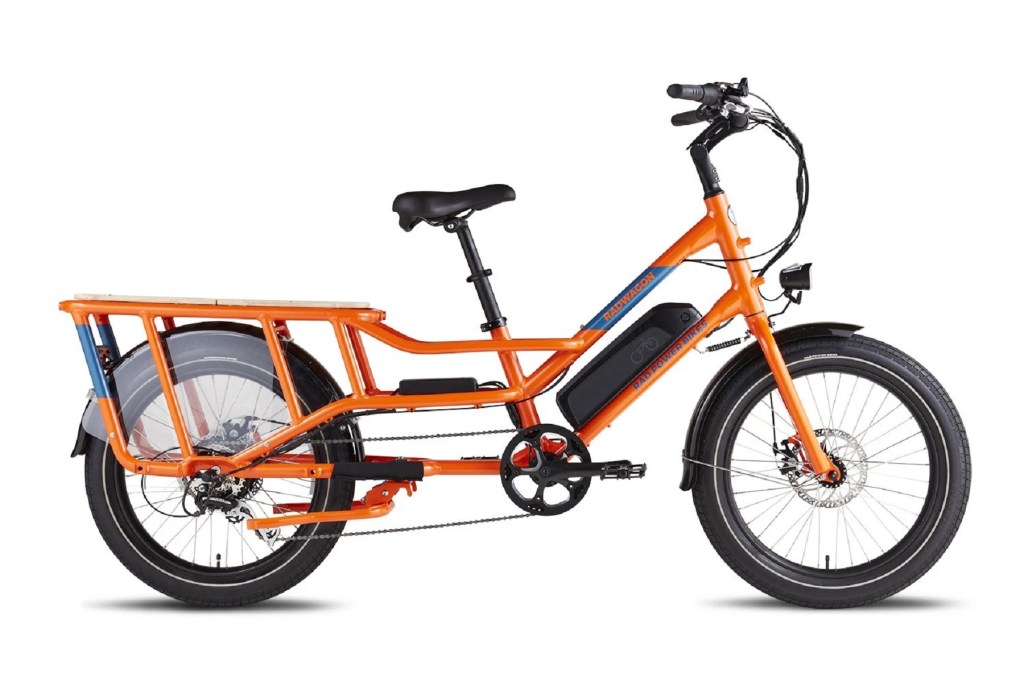
Another Bicycling recommended e-bike is the Rad Power RadWagon4 cargo bike. At 77 pounds, this $1600 e-bike is heavier than the Super73 S1. However, it has a higher payload capacity, a larger rear rack, and the ability to fit running boards for extra cargo space.
It has mechanical rather than hydraulic Tektro disc brakes. But it also has a 7-speed drivetrain, not a single-speed one. And its 750W motor and 672-Wh battery give a claimed range of over 45 miles. Plus, like the S1, it has integrated lights and both a throttle and multiple pedal-assist modes.
Follow more updates from MotorBiscuit on our Facebook page.


